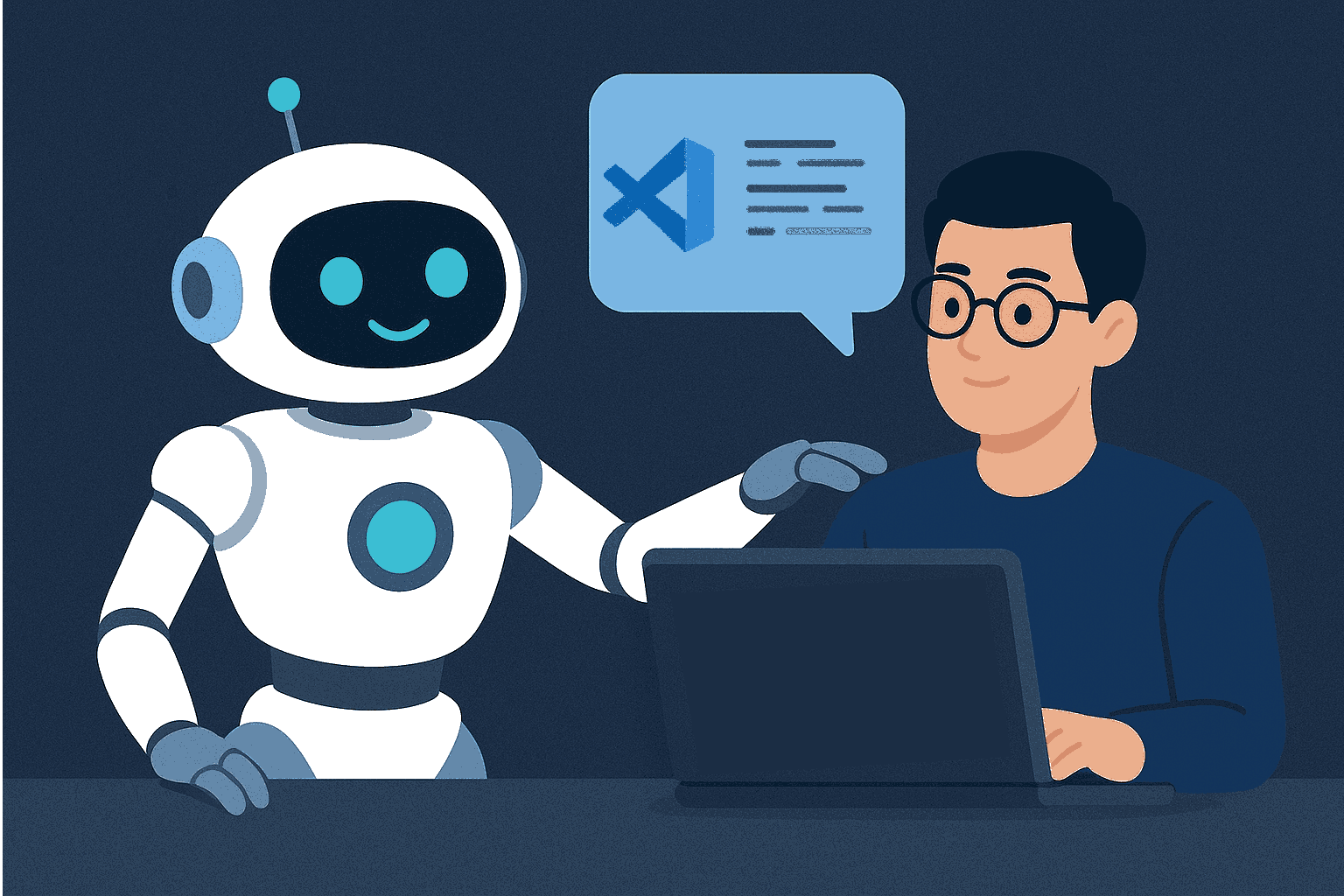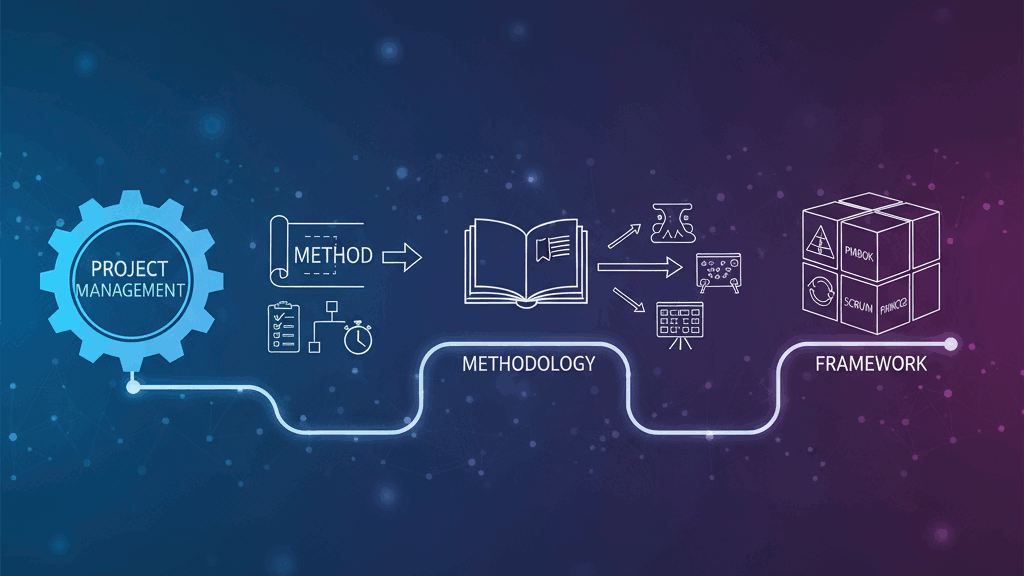TL;DR:
- Paradigm Shift: Move from code-first to spec-first development where specifications become executable
- AI-Powered Process: Leverage AI agents (Claude Code, Copilot, Gemini) to generate working implementations from detailed specs
- Multi-Step Refinement: Break down development into /specify → /plan → /tasks → implement phases
- Technology Agnostic: Build applications across diverse tech stacks while maintaining focus on product scenarios
Mastering Spec-Driven Development with Github Spec Kit
Reference video: "Introduction to Spec-Driven Development"
Github Spec Kit represents a fundamental shift in AI-driven software development methodology. Instead of writing code first and documenting later, Spec-Driven Development puts specifications at the center, making them executable and directly generating working implementations. This toolkit from GitHub enables teams to focus on product scenarios rather than undifferentiated code, dramatically improving development speed and quality.
The Spec-Driven Development Revolution
AI-driven software development has been code-centric. Specifications were treated as temporary scaffolding - detailed requirements documents that guided development but were discarded once the “real work” of coding began. This pose a problem where the AI tends to forget and having infinite loop.
Github Spec Kit represents a return to the fundamental roots of the Software Development Life Cycle (SDLC), where AI-driven development prioritizes specifications as the primary artifact, directly generating working code through intelligent, structured processes.
This approach addresses fundamental challenges in AI-driven software development:
- AI Hallucinations: AI models may generate incorrect, nonsensical, or hallucinated code that doesn’t meet requirements or contains logical errors
- Context Loss: AI assistants often lose track of project context across conversations, leading to inconsistent implementations
- Infinite Loops: Without proper guidance, AI can get stuck in repetitive patterns or fail to converge on working solutions
- Security Vulnerabilities: Generated code may inadvertently introduce security flaws, injection attacks, or other vulnerabilities
- Integration Issues: AI-generated code may not integrate well with existing systems, frameworks, or architectural patterns
- Maintenance Challenges: Code generated by AI can be harder to maintain, debug, and extend due to lack of human reasoning and documentation
- Quality Assurance Gaps: Traditional testing approaches may not adequately validate AI-generated code, leading to undetected bugs
- Skill Degradation: Over-reliance on AI can reduce developers’ coding skills and understanding of underlying systems
- Prompt Engineering Overhead: Developers spend excessive time crafting perfect prompts rather than solving actual problems
- Version Control Complexity: AI-generated code changes can be difficult to track and review in version control systems
Understanding Spec-Driven Development
What Makes Specs “Driven”?
Spec-Driven Development transforms passive documentation into active, executable artifacts:
- Intent-Driven: Focus on “what” and “why” before “how”
- AI-Generated: Leverage advanced AI models to interpret and expand specifications
- Multi-Step Refinement: Progressive enhancement rather than one-shot generation
- Technology Agnostic: Same process works across frameworks, languages, and platforms
The Core Workflow
Core Philosophy: From Code to Specification
Spec-Driven Development emphasizes several key principles:
Intent-Driven Development
Start with high-level requirements and user scenarios, not technical architecture decisions.
Rich Specification Creation
Use structured templates and guardrails to create comprehensive, unambiguous specifications that capture:
- User stories and acceptance criteria
- Functional requirements
- Non-functional requirements
- Edge cases and error scenarios
Multi-Step Refinement Process
Rather than attempting perfect specifications on the first try:
- Create baseline specifications
- Validate and clarify requirements
- Generate technical plans
- Break down into actionable tasks
- Implement iteratively
Heavy AI Reliance
Leverage advanced AI capabilities for:
- Specification interpretation and expansion
- Technical planning and architecture decisions
- Code generation from specifications
- Quality assurance and testing
Development Phases and Use Cases
Phase 1: 0-to-1 Development (“Greenfield”)
Perfect for new applications where you need to generate from scratch:
- Start with high-level product requirements
- Generate comprehensive specifications
- Plan implementation architecture
- Build production-ready applications
Phase 2: Creative Exploration
Explore multiple implementation approaches:
- Generate parallel implementations
- Test different technology stacks
- Experiment with UX patterns
- Validate architectural decisions
Phase 3: Iterative Enhancement (“Brownfield”)
Modernize and extend existing systems:
- Add features to legacy applications
- Refactor and modernize codebases
- Migrate between technology stacks
- Implement incremental improvements
Getting Started with Github Spec Kit
Prerequisites
- AI Agent: Claude Code, GitHub Copilot, or Gemini CLI
- Package Manager: uv for Python package management
- Python: Version 3.11 or higher
- Git: For version control
- Platform: Linux/macOS (or WSL2 on Windows)
Installation and Setup
# Install the Specify CLI
uvx --from git+https://github.com/github/spec-kit.git specify init <PROJECT_NAME>
# Or initialize in current directory
uvx --from git+https://github.com/github/spec-kit.git specify init --here
Basic Workflow Example
- Create Specification:
/specify Build a task management application that allows users to create projects, assign tasks, and track progress with a Kanban board interface. - Technical Planning:
/plan Use React for frontend, Node.js for backend, MongoDB for database, with real-time updates via WebSocket. - Task Breakdown:
/tasks Break down the implementation into frontend components, API endpoints, database models, and real-time features. - Implementation:
implement specs/001-task-manager/plan.md
Visualizing the Development Process
Traditional vs. Spec-Driven Development
Complex Project Workflow
Understanding the workflow:
- Requirements (①): Start with product intent
- AI Agent (②): Use Claude Code or similar
- Specification (③-④): Generate detailed, executable specs
- Planning (⑤-⑦): Create technical plans and research
- Tasks (⑧-⑨): Break down into actionable items
- Implementation (⑩-⑫): AI generates working code
- Iteration (⑬-⑭): Continuous improvement cycle
Why This Approach Matters: Real-World Impact
Spec-Driven Development addresses fundamental challenges in AI-assisted development:
“Spec-Driven Development allows organizations to focus on product scenarios rather than writing undifferentiated code. By making specifications executable, we eliminate the traditional disconnect between requirements and implementation.” - GitHub Spec Kit Documentation
Key Benefits
- Faster Development: Reduce time from concept to working software
- Higher Quality: AI interpretation ensures comprehensive coverage
- Better Communication: Executable specs bridge business and technical teams
- Technology Flexibility: Same process works across different stacks
- Scalable Process: Works for small features and large applications
Community Insights
Developers using Spec-Driven Development have shared valuable experiences:
“The biggest shift was moving from ‘write code to match spec’ to ‘spec generates code’. This changes everything about how you think about requirements.” - Community member on GitHub
“We went from 2-week planning cycles to 2-day spec-to-code cycles. The AI handles the undifferentiated heavy lifting.” - Enterprise developer
Advanced Techniques and Best Practices
Specification Quality
- Be Explicit: Clearly state what you want, not how to build it
- Include Context: Provide business rationale and user scenarios
- Define Acceptance Criteria: Specify how to validate the implementation
- Handle Edge Cases: Include error scenarios and boundary conditions
AI Agent Selection
- Claude Code: Best for complex, multi-step projects
- GitHub Copilot: Excellent for rapid prototyping
- Gemini CLI: Good for research-heavy specifications
Enterprise Integration
- Compliance: Include security and regulatory requirements in specs
- Architecture: Specify cloud providers, deployment targets
- Integration: Define API contracts and data flows
- Scalability: Include performance and scaling requirements
Getting Started: Your First Spec-Driven Project
Step 1: Environment Setup
# Install dependencies
pip install uv
uv --version
# Clone and setup Spec Kit
git clone https://github.com/github/spec-kit.git
cd spec-kit
Step 2: Create Your First Spec
# Initialize project
specify init my-first-app --ai claude
# Navigate to project
cd my-first-app
Step 3: Define Your Application
/specify Create a personal expense tracker that allows users to:
- Add income and expense entries with categories
- View spending by category and time period
- Set monthly budgets and get alerts
- Export data to CSV format
Step 4: Technical Planning
/plan Build with React frontend, Express.js backend, SQLite database, and deploy to Vercel.
Step 5: Implementation
/tasks Break this into database setup, API endpoints, frontend components, and deployment configuration.
Conclusion: The Future of Software Development
Github Spec Kit represents more than just a new tool—it’s a fundamental rethinking of how we approach software development. By making specifications executable and leveraging AI throughout the development lifecycle, teams can deliver higher-quality software faster while maintaining focus on what truly matters: solving user problems and delivering business value.
The methodology scales from small features to enterprise applications, works across technology stacks, and integrates seamlessly with modern development workflows. As AI continues to advance, Spec-Driven Development will become increasingly essential for teams looking to maintain competitive advantage in software delivery.
Whether you’re a solo developer, a startup team, or an enterprise organization, Github Spec Kit provides the framework to transform your development process from code-centric to specification-driven, enabling faster, more reliable, and more maintainable software delivery.
Further Reading
Official Documentation
- GitHub Spec Kit Repository - Complete source code, documentation, and examples
- Spec-Driven Development Guide - Comprehensive methodology walkthrough
- Installation Guide - Step-by-step setup instructions
Related Resources
- Claude Code Documentation - Learn about the primary AI agent for Spec-Driven Development
- GitHub Copilot - Alternative AI coding assistant
- Gemini CLI - Another supported AI agent option
Community and Learning
- GitHub Issues - Community discussions and troubleshooting
- GitHub Discussions - Share experiences and ask questions
- Software Development Life Cycle (SDLC) - Understanding traditional development methodologies
Advanced Topics
- AI-Assisted Development Best Practices - GitHub’s insights on AI in software development
- Specification Writing Guide - Best practices for writing effective specifications
- Test-Driven Development (TDD) - Complementary development approach
Case Studies and Examples
- Taskify Example - Complete walkthrough of building a task management application
- Kanban Board Implementation - Real-world project example with detailed steps
For the latest updates and community contributions, follow the GitHub Spec Kit repository and join the growing community of developers embracing Spec-Driven Development.


